
24 Jun 2018

back and forth VHS
Multiple formats.

24 Jun 2018

Multiple formats.
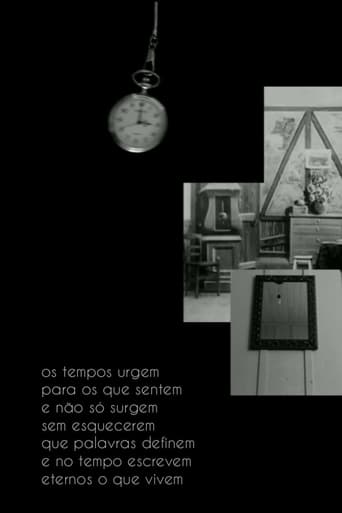
26 Jun 2018

Time frames.
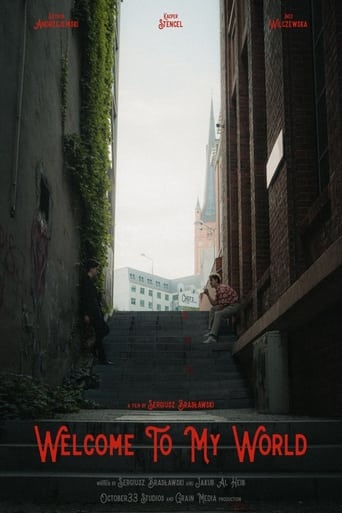
15 Feb 2024

There is a lot going on in Tommy's head, who is fed up with the daily routine and is trying to change his life. However, the attempt at "revolution" does not bring any success, and his business partner Andy plans his own game. Seeing this, Tommy abandons his ambitions and asks new questions. What actually happened and who had control over the situation?
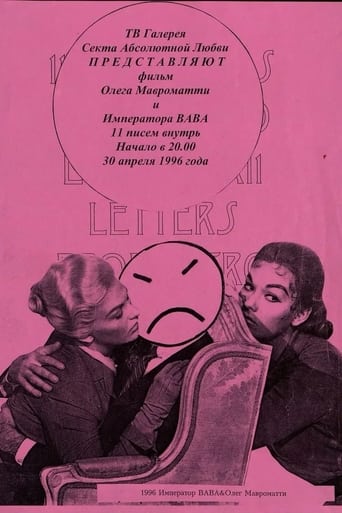
30 Apr 1996

This is a story about a man who believes that he has two “selves” - external and internal. That is, an organism is a certain conglomerate of cells, each of which is a separate individual. This hybrid creature has a certain common personal “I” that uses the entire organism, and is the organism itself, which has its own will. According to the character, one can communicate with him, which is what he is trying to do. He wants to reach him and comes up with different ways of communication: injecting substances under the skin or intravenously, tattooing texts on the body, swallowing objects. The answer would come in the form of a rash or other physical manifestation that had to be interpreted. As a result, communication is carried out and the second “I” agrees to die.
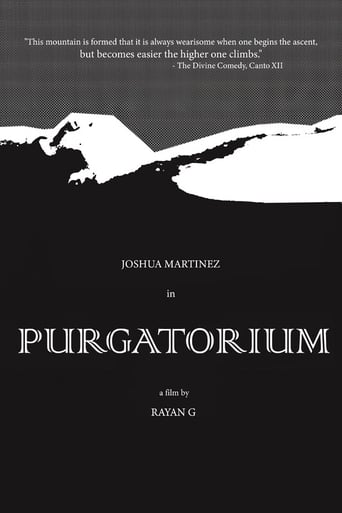
21 Nov 2023

After his death, a young man stuck in purgatory attempts to cope with the afterlife.
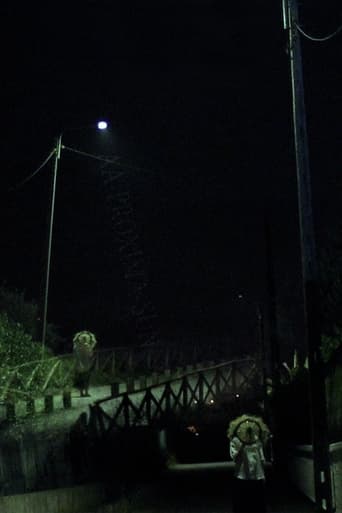
24 Jul 2022

A girl approaches a divine entity that comes to the world in the form of a yellow umbrella, and ends up discovering her true self.
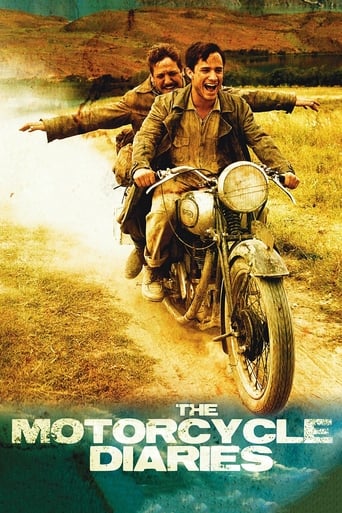
06 Feb 2004

Based on the journals of Che Guevara, leader of the Cuban Revolution. In his memoirs, Guevara recounts adventures he and best friend Alberto Granado had while crossing South America by motorcycle in the early 1950s.
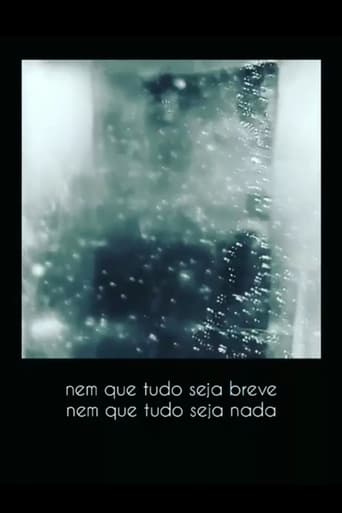
19 Jun 2018

Visual poem.

21 Jun 2018

Am I? I don't know. I know? I do not know.
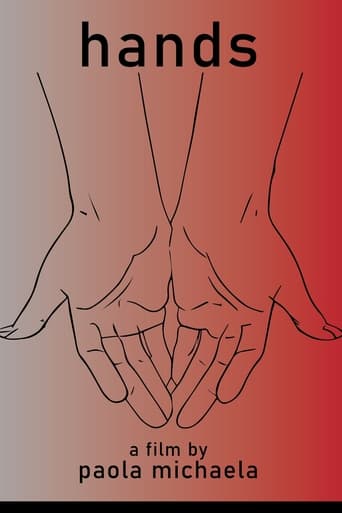
04 Aug 2023

A personal reflection on hands, the word "tear," and caring for oneself that experiments with sound, silence, and definitions.

01 Jan 2009

In 1794, French revolutionary Maximilien Robespierre produced the world's first defense of "state terror" - claiming that the road to virtue lay through political violence. This film combines drama, archive and documentary interviews to examine Robespierre's year in charge of the Committee Of Public Safety - the powerful state machine at the heart of Revolutionary France. Contesting Robespierre's legacy is Slavoj Zizek, who argues that terror in the cause of virtue is justifiable, and Simon Schama, who believes the road from Robespierre ran straight to the gulag and the 20th-century concentration camp. The drama, based on original sources, follows the life-and-death politics of the Committee during "Year Two" of the new Republic.
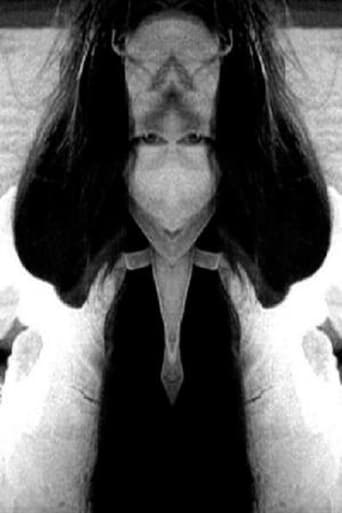
09 Dec 2004

By subjecting fragments from the film 'Rashomon' by Akira Kurosawa to the mirror effect, Provost creates a hallucinating scene of a woman's reverse chrysalis into an imploding butterfly. Papillon d'amour produces skewed reflections upon love, its lyrical monstrosities and wounded act of dissappearance.
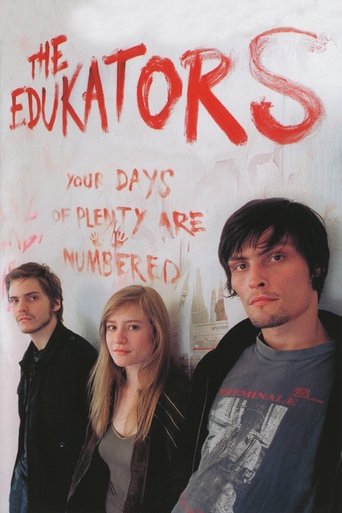
25 Oct 2004

Three activists cobble together a kidnapping plot after they encounter a businessman in his home.
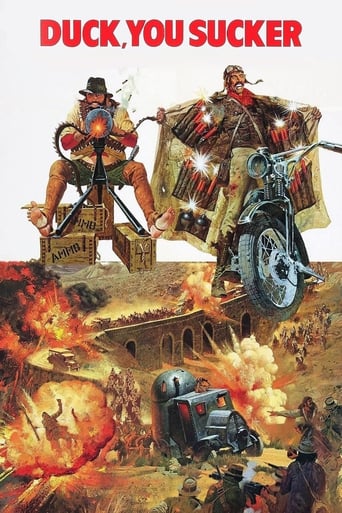
20 Oct 1971

At the beginning of the 1913 Mexican Revolution, greedy bandit Juan Miranda and idealist John H. Mallory, an Irish Republican Army explosives expert on the lam from the British, fall in with a band of revolutionaries plotting to strike a national bank. When it turns out that the government has been using the bank as a hiding place for illegally detained political prisoners -- who are freed by the blast -- Miranda becomes a revolutionary hero against his will.
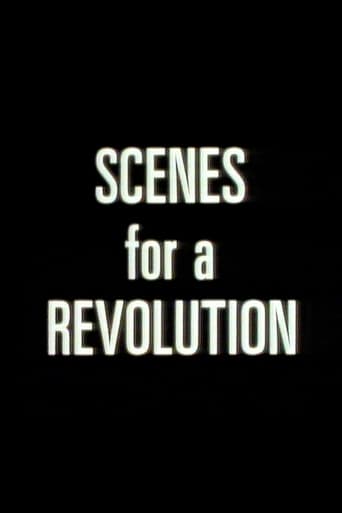
13 May 1991

The film is about aftermaths and reckonings. Revisiting material for his earlier 4-part series, Karlin returns to Nicaragua to examine the history of the Sandinista government, consider its achievements, and assess the prospects for democracy following its defeat in the general election of 1990.
16 May 2016
Druga linija aka The Other Line is a product of many years of research of neo-avant-garde cultural and art scene in Novi Sad, Serbia (late 60s and 70s), which has been marginalized until today. This artistic movement was directly connected not only with important art centers of the former Yugoslavia, but also with existing flows of world art during its brief and productive activities (7e Biennale de Paris, 19th Berlinale). The cultural and artistic emancipation of that time had implied individual freedom of expression and strong reaction to established boundaries. This avant-garde movement had become threat to communist establishment, the authors' work were sabotaged, the films were sealed off, five artists were taken to trial, two were sent in prison. How is it that the retrograde mechanism of shutting down and removing the most creative and representative progressive impulses of our surrounding is still so current to this day?
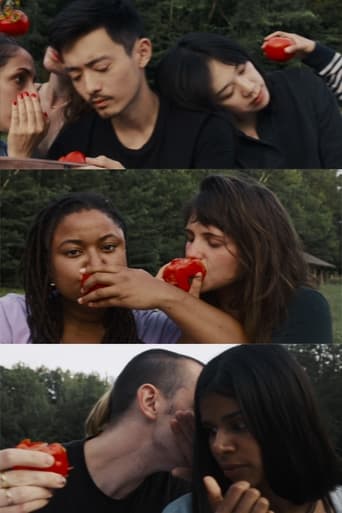
13 Jul 2020

Across the installation's multiple channels, the camera circles a group of artists as they sit together in a field eating, licking, and squeezing ripe tomatoes. Throughout the ever-changing scene, kisses, whispers, and caresses are shared with a casual, gentle intimacy that reflects interconnectivity and abundance. These queer and desirous exchanges constitute a portrait of collectivity wherein individuals come together as distinct parts of a whole.
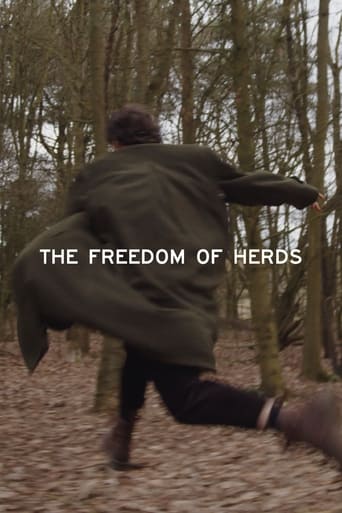
19 Feb 2023

The history and trauma of two men, brought together by war, is exposed when a mysterious visitor treads familiar ground.
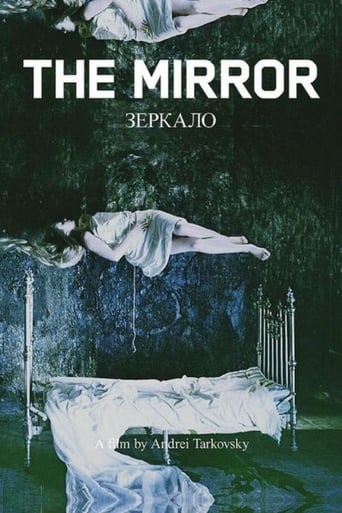
07 Mar 1975

A dying man in his forties recalls his childhood, his mother, the war and personal moments that tell of and juxtapose pivotal moments in Soviet history with daily life.
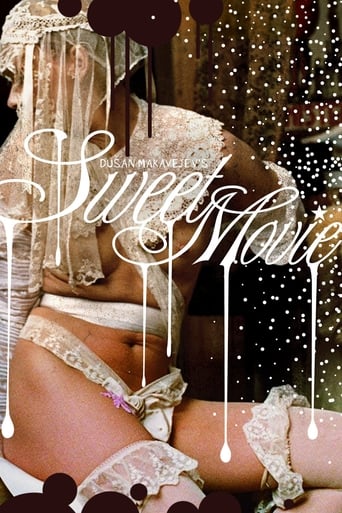
12 Jun 1974

The winner of the Miss World Virginity contest marries, escapes from her masochistic husband and ends up involved in a world of debauchery.